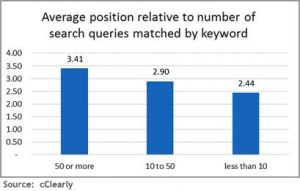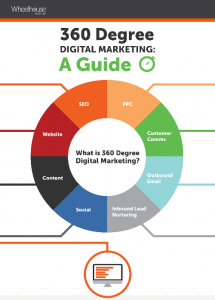The recruitment marketing industry is looking to the future; recruitment marketing budgets, on the other hand, seem to be going somewhat backwards. That’s one of the key takeaways from LinkedIn’s Global Recruiting Trends Report 2017. So, what’s causing the discrepancy, are funds being directed to the wrong places, and if so, why?
Looking at the numbers, it seems that just over half of recruitment leaders say that their team’s hiring volume will increase. How long it takes to fill a vacancy, how long a new recruit stays at the company, and the general satisfaction of the hiring manager are still the key measures of recruitment success. Incidentally, time-to-hire was the top metric for large corporations, while the employee retention time is the most important measure for companies under 200 employees.
Hiring volume will increase
Employer branding is acknowledged by the majority (80%) of recruiting leaders to have a big impact on hiring talent, and in that respect candidates have said that they do respond to messages about company culture, about career growth and about the challenges they might be faced with. But while talent leaders certainly aspire to investing more in employer branding, nearly 70% of recruitment budgets goes on the old methods – the job boards and staffing agencies. In other words, the heart says ‘marketing’, but the wallet still prefers advertising and PR.
The heart says ‘marketing’, but the wallet still prefers advertising
I have no major issue with this, by the way, but the statistic does seem to buck the general trend of the last few years. These avenues are perfectly fine if they work for you, but bear in mind the three aforementioned measures of success; recruitment success is only measured by the quality of the hire. So, if you’re investing in more ‘traditional’ methods of recruitment, you must ask yourself, is my quality of hire… higher?
The new methods
Perhaps there’s still not quite enough faith in the 21st century recruitment methodology. On the one hand, the powers that be acknowledge that employer branding is important. Social media is useful for reaching lots of talented people. It’s one of the places people congregate most, after all.
As I say, posting on job boards is an advert; it’s sales. Employer branding is marketing; it’s marathon, not a sprint.
Now sales can do wonders for quantity, of course; you can get a lot of applications. Good recruitment marketing on the other hand does wonders for quality. Building an employer brand means building an identity that the best people, most suitable people want a piece of.
Invest and scale
Recruitment budgets will actually stay relatively flat this year, all the more reason, says LinkedIn, to invest in initiatives that you can scale and that produce results. But employer branding is only accounting for 8% on average of the recruitment budget, compared to job boards and advertising at 30%. The reason for this is that budget is a constraint; if budget were no issue then 53% of recruitment leaders would invest in employer branding, 39% in new recruitment technology, and 30% in better candidate experiences.
Good recruitment marketing does wonders for quality
The general concern is that while there’s faith in the efficacy of employer branding, its ROI is still fundamentally hard to prove. But a major trend of the future of recruitment is in big data, and with that in mind, using big data to better target your recruitment content at the right people. And thus, the obvious people to handle that are in marketing.
Collaborate with marketing
Indeed, for just over a third of companies, typically larger ones, recruitment teams up with marketing or communications partner on employer branding. On the other hand, for just less than a third of companies, the recruitment team is primarily responsible. Meanwhile, a tenth of companies don’t do employer branding at all.
Business & Finance Articles on Business 2 Community
(64)





